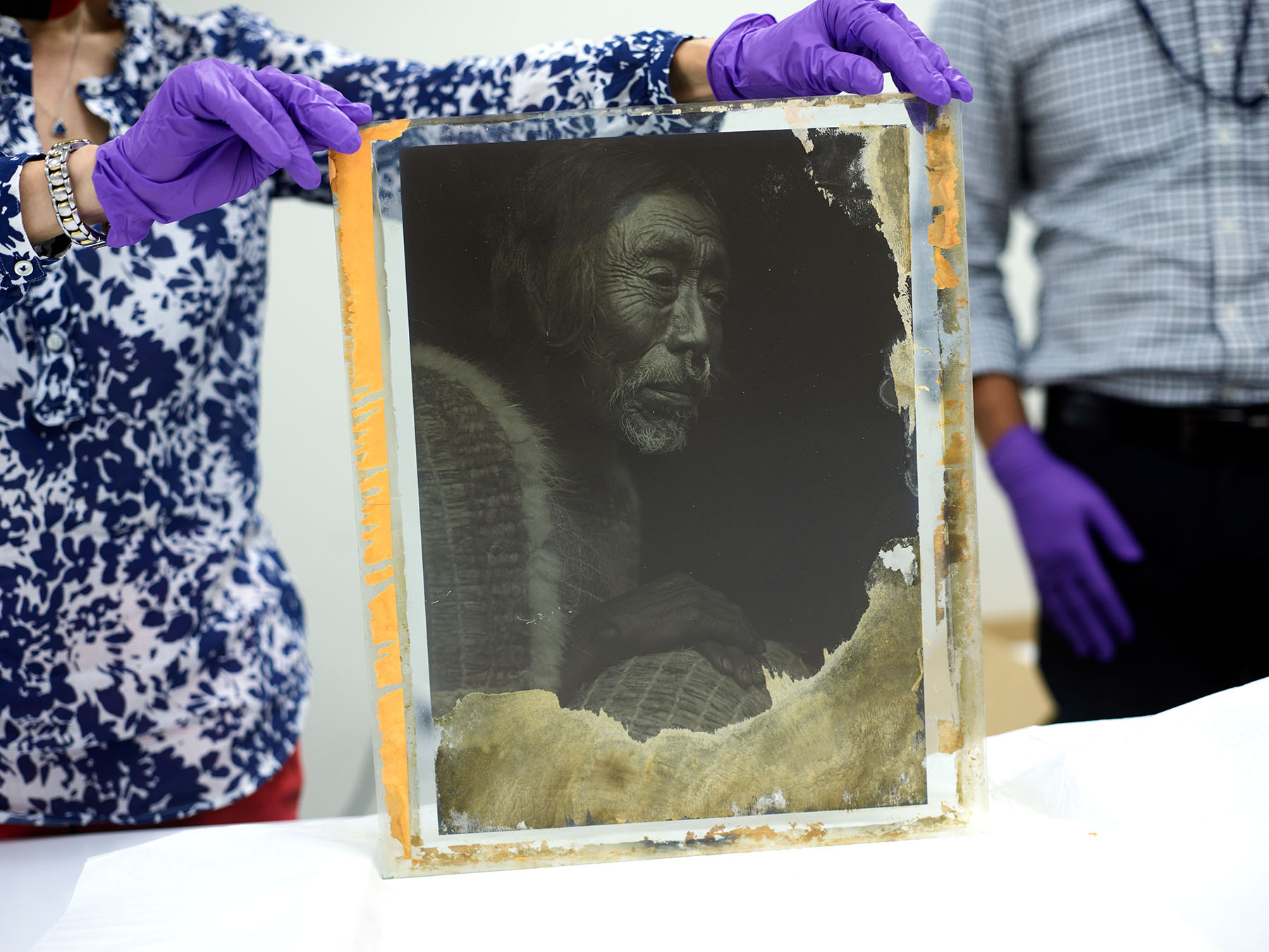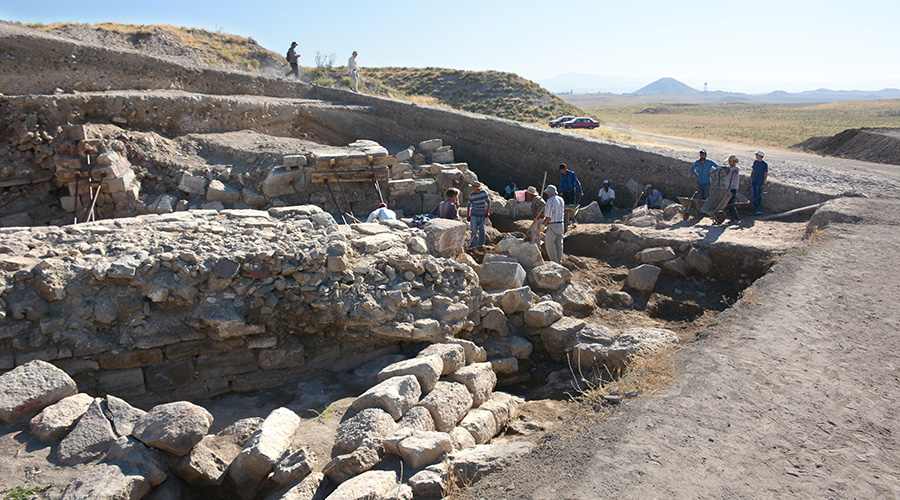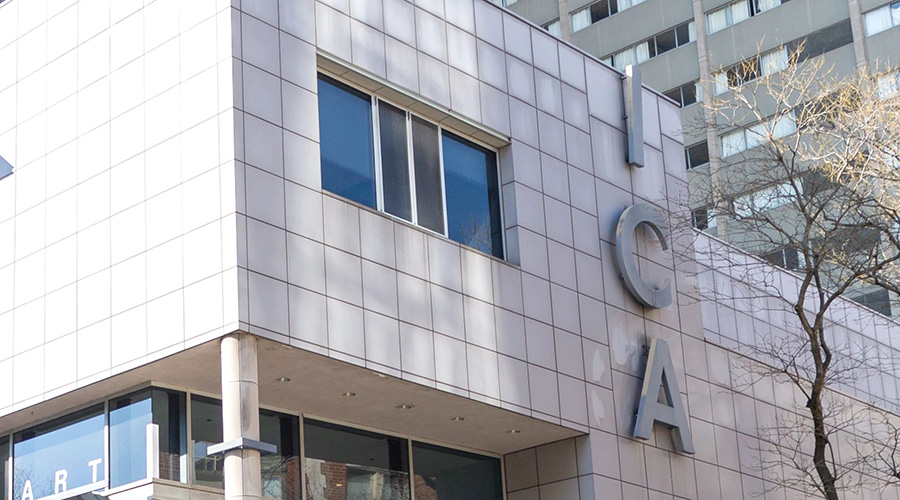The Penn Libraries is now home to more than 150 interpositive glass plates by famed documentary photographer Edward S. Curtis, one of the most prolific American photographers of his time.
Worth a Close Look
The Penn Libraries has been gifted a set of Edward S. Curtis photographic plates, adding to Penn’s collections and enhancing resources for teaching and learning
Curtis put his own lens on Native American culture when he believed those communities were disappearing. The Curtis collection, valued at $4.2 million, was a gift in kind from collector William H. Miller, III.
The Penn Libraries has made it a strategic priority to build, preserve, and steward collections with a focus on education, access, and resource-sharing.”Constantia Constantinou, H. Carton Rogers III Vice Provost and Director of Libraries
A white man with a sixth-grade education, Curtis photographed Native Americans from more than 80 tribes over three decades. He used a photogravure process that involved heavy equipment and was time-consuming. Selecting from among his 40,000 photographs, he produced a twenty-volume work titled The North American Indian, published between 1907 and 1930. Most of the glass plates Curtis produced were destroyed. The collection received by the Penn Libraries is the largest group known to have survived and contains extraordinary detail lost in the printing process.
The new gift is among the Libraries’ most valuable and adds to an already impressive collection of Curtis photography across the University, including at the Penn Museum. Curtis’ link to Penn dates to 1912, when he first exhibited his photographs at the Museum. The additional glass plates cement Penn’s place as a major research center for Curtis’ work.

Edward S. Curtis, Plate 347: “Yákotlūs – Quatsino” (1914). Edward S. Curtis Photography Collection, Kislak Center for Special Collections, Rare Books and Manuscripts; University of Pennsylvania Libraries.
“Curtis’ glass plate inter-positives were, fundamentally, intermediary steps between the moment the photograph was taken and eventual publication in the printed volumes that were The North American Indian,” says Sean Quimby, Associate University Librarian & Director of the Jay I. Kislak Center for Special Collections, Rare Books and Manuscripts. “To this end, they both document and invite questions about Curtis’ decades-long enterprise and its legacy. They will encourage reflection by students and inspire continued appraisals and re-appraisals of a man whose work was both fraught and vital.”
It is widely recognized that Curtis romanticized the images he captured by posing his subjects in traditional clothing and removing aspects of modernity from the final prints he made. Many of his North American Indian images are highly stylized, and some scholars note they present Native peoples in a timeless “past,” disconnected from the era of Curtis’ project.
At the same time, Curtis worked closely with Native communities to produce these photographs, and he and his team recorded in great detail the living cultures of the many peoples they met with. “Edward S. Curtis’ photographs raise complex issues of representation of Native American peoples in both the past and the present,” says Christopher Woods, Williams Director of the Penn Museum. “This gift to the Penn Libraries complements the Penn Museum’s existing Curtis collection. Through interdisciplinary collaboration at the University and beyond, we can create meaningful opportunities to expand teaching and research in conversation with today’s living Native American photographers, scholars, artists, students, and community members.”
“Teaching with collections and making them accessible to researchers is central to our work,” says Quimby. “The staff of the Kislak Center are developing a plan to catalog, preserve, and provide access to the glass plates in the classroom, exhibition galleries, and online. We look forward to partnering with colleagues at Penn to steward this collection.”
Image above: Nootka Woman, plate 381 from Portfolio XI of The North American Indian.




